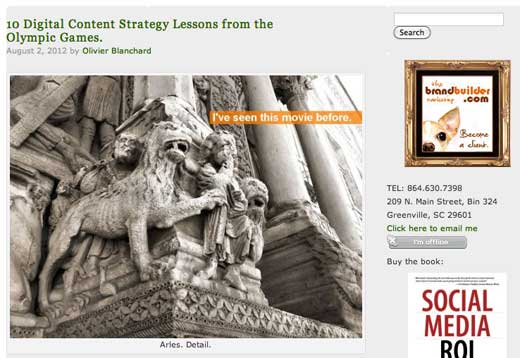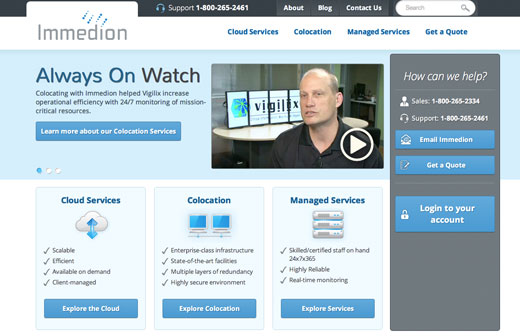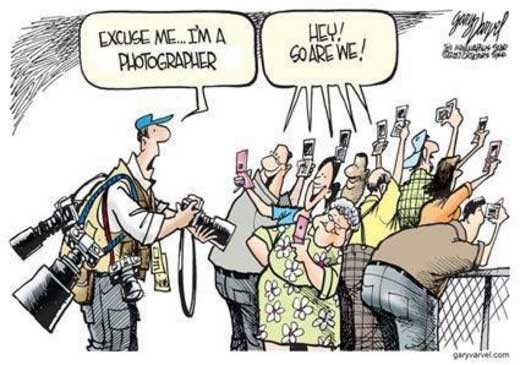
Let’s Talk Audience
Kerrin went on to make a powerful statement: “To create truly high-quality content, you must be a storyteller. You must be able to pull together a large selection of shots and content and pare it down into a manageable short-form video that will engage an audience.”
This conversation takes me back to a dinner I had with Bob Dotson of NBC. Bob is what I consider a master storyteller and his reputation is obvious from the numerous awards and speaking engagements across the country. He took me to dinner after we worked together on a story in Charlotte. I took this opportunity to become a human sponge and soak up as much knowledge as possible.
Let’s Talk Purpose
Bob explained anyone can tell a story…but if you really want to tell a story that engages an audience, you must find an tell stories with layers. As the storyline progresses in a video…the audience peels back the layers, revealing each little nugget of the storyline. Stories using video are visual communication tools…you just have to know how to find them, especially inside/outside you branded organizations.
I love this short little video interview with Bob:
Bob’s comments get you thinking, why we tell stories and how to find those stories with layers. But back to Kerrin Sheldon’s point about short video content.
Kerrin continues in the Fast Company article to share about this growing market of storytelling:
“I predict the next 5-10 years will be huge for video marketing online. Brands are moving further away from direct advertising, whose metrics that are hard to calculate, and into original video content–content that is created not to sell but to engage. They tell a story and they create brand loyalty. The days of direct consumer advertising is dwindling, and the advent of marketing through storytelling has arrived.”
Let’s Talk Delivery
Let’s at the numbers, here is an online video consumption from June 2012 (Based on ComScore Report):
1) 84.8 percent of the U.S. Internet audience viewed online video.
2) The duration of the average online content video was 6.8 minutes.
3) Video advertising reached another all-time high in June as 11 billion video ads were viewed.
4) Google Sites, driven primarily by video viewing at YouTube.com, ranked as the top online video content property in June with 154.5 million unique viewers, followed by Yahoo! Sites with 51.5 million, Facebook.com with 49 million, VEVO with 46.2 million and Viacom Digital with 38.9 million. Vimeo moved into the top 10 ranking for the first time at #10 with 21.4 million viewers.
So let’s look at the channels to share your content:
1) YouTube: “Everyone knows YouTube and it continues to dominate the market. But unless you’re a professional musician or are looking to score the new huge viral video showcasing your friends firing off bottle rockets from a made-at-home cannon, there are plenty of other places to showcase your videos. “
2) Vimeo: “Vimeo.com is the finest collection of artistic videographers on the web. Without outwardly deleting poor-quality content, Vimeo’s homepage and search results make it easy to find awesome content and avoid the endless amounts of useless crap that often plague the YouTube experience.”
3) Pinterest: “Along the same lines, Pinterest’s new video feature gives curators great opportunities to pin videos to their boards. Even more so than Facebook and Twitter, Pinterest has created a sharing experience so simple and effective, it makes the potential or virility even higher.”
So as Kerrin says, “With ever-increasing YouTube lunch breaks and Vimeo dinner dates, online video is becoming a constant companion–one that every brand is rushing to take advantage of. “
***Image from epicamexico.blogspot.com




